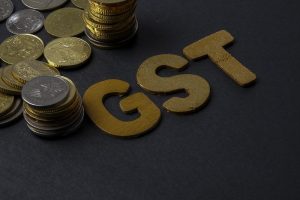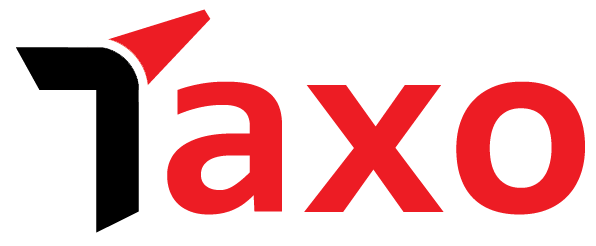
Rationalising goods and services tax (GST) and import duties will improve the cost competitiveness of the mining and construction equipment (MCE) sector, which is pivotal for its growth and unlocking full potential, said a new report by Kearney and the Confederation of Indian Industry (CII) on Monday.
This comes as a discrepancy in the GST structure between components and final equipment increases the burden on manufacturers. In the MCE sector, there is an inverted GST structure. For example, components such as hydraulics and electronics are taxed at 18 per cent, while final equipment like crawler cranes, wheel loaders and drilling rigs are taxed at 12 per cent.
To boost domestic manufacturing, the report suggests: “The government should revise the flat 7.5 per cent basic customs duty by increasing duties on fully built equipment and imposing anti-dumping duties against persistently underpriced imports.”
Despite India’s robust engineering and fabrication capabilities, the MCE sector relies on imports: $2.6 billion worth of construction equipment components, including engines, hydraulics and electronics, are sourced annually from countries such as China, Japan and Germany. This dependence heightens vulnerability to global supply chain disruptions and input cost volatility.
A tiered structure like Brazil’s—14–20 per cent on equipment versus less than 5 per cent on components—will help set up local assembly operations, the report said.
As of 2024, the global MCE market stands at $414 billion, with India contributing $16 billion. Notably, India is the fastest-growing among the top six global markets, outpacing developed economies such as the United States, Germany and Japan.
Within this global landscape, India’s dual growth engines—robust domestic demand and accelerating exports—are positioning the country as a key player in the international MCE value chain.
To unlock the MCE sector’s potential to $45 billion—more than triple—by 2030, the report outlines a 10-point action agenda requiring both government interventions and proactive OEM strategies.
It also recommends introducing green incentives, such as accelerated depreciation or viability gap funding, for electric, hybrid and compressed gas-based MCE to improve affordability and adoption among end users.
Other suggestions include rolling out a dedicated PLI scheme to strengthen domestic manufacturing and export capabilities, regulatory clarity on homologation, and inclusion in export-promotion programmes such as RoDTEP and TIES to accelerate the MCE sector’s growth and global competitiveness.
The government is actively promoting localisation through initiatives such as Atmanirbhar Bharat Abhiyan, Make in India, and PLI schemes for speciality steel and auto components. In the case of a PLI for the MCE sector, the government is yet to introduce one to boost domestic manufacturing of heavy machinery used in mining and construction, reduce reliance on imports and increase employment.
The Kearney and CII report further said that government support for FTAs, global branding and certification alignment will enhance market access, while mandating the adoption of digital technologies like telemetry and IoT in public projects and upskilling the workforce will drive tech readiness.


